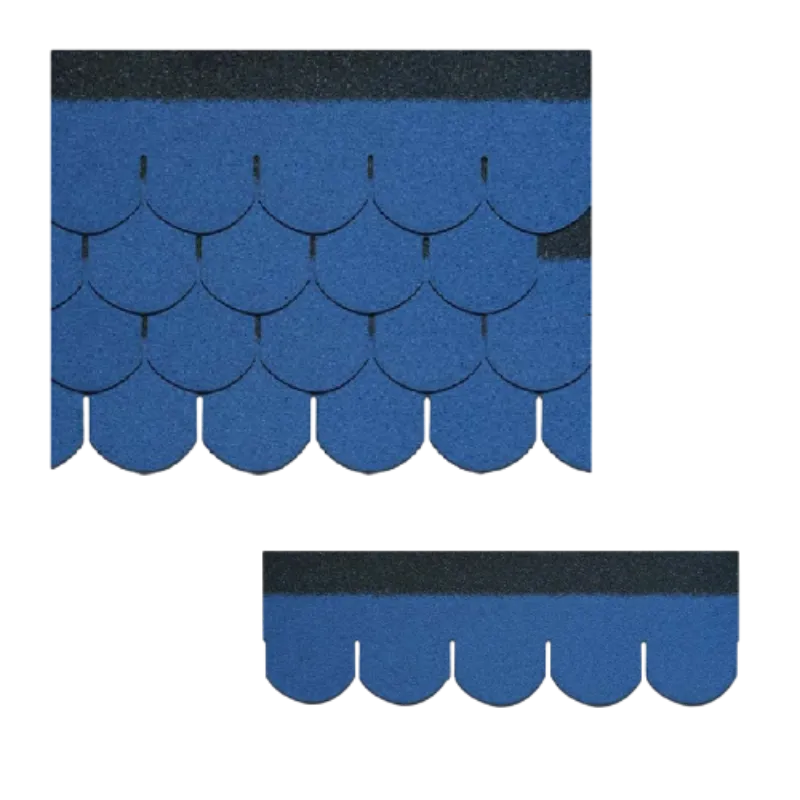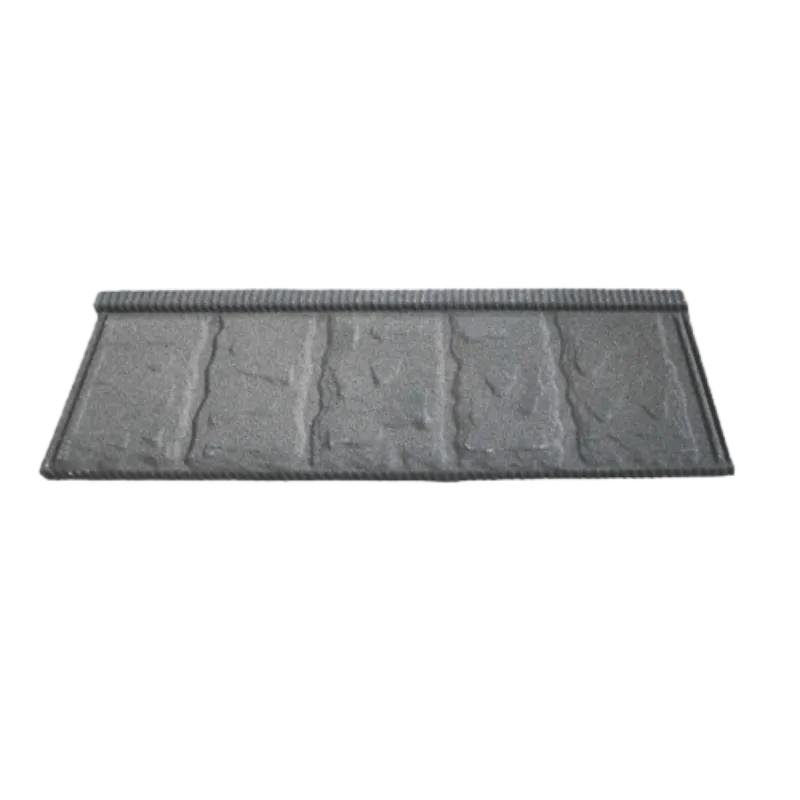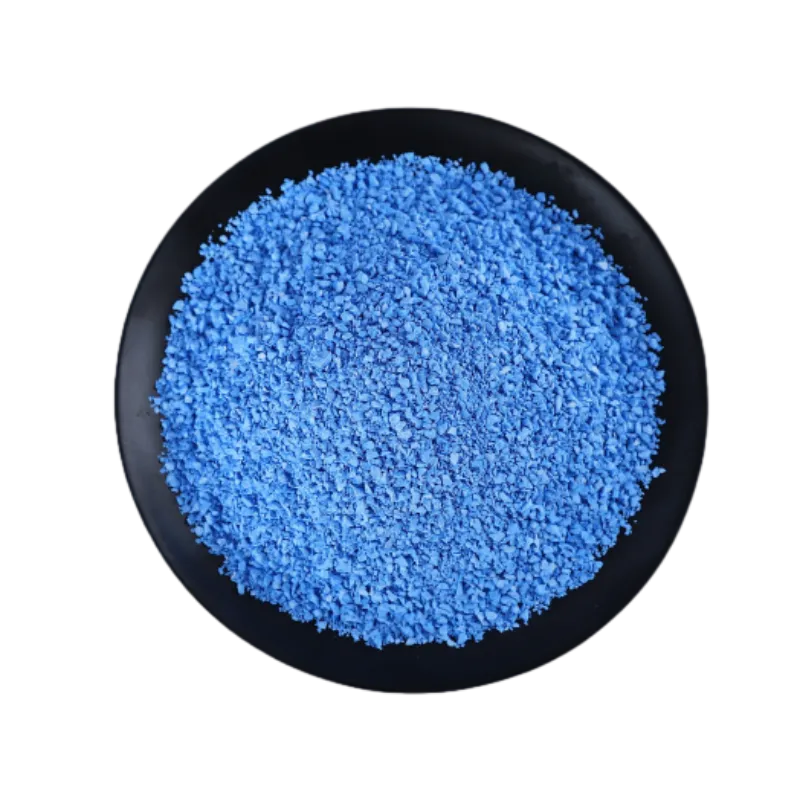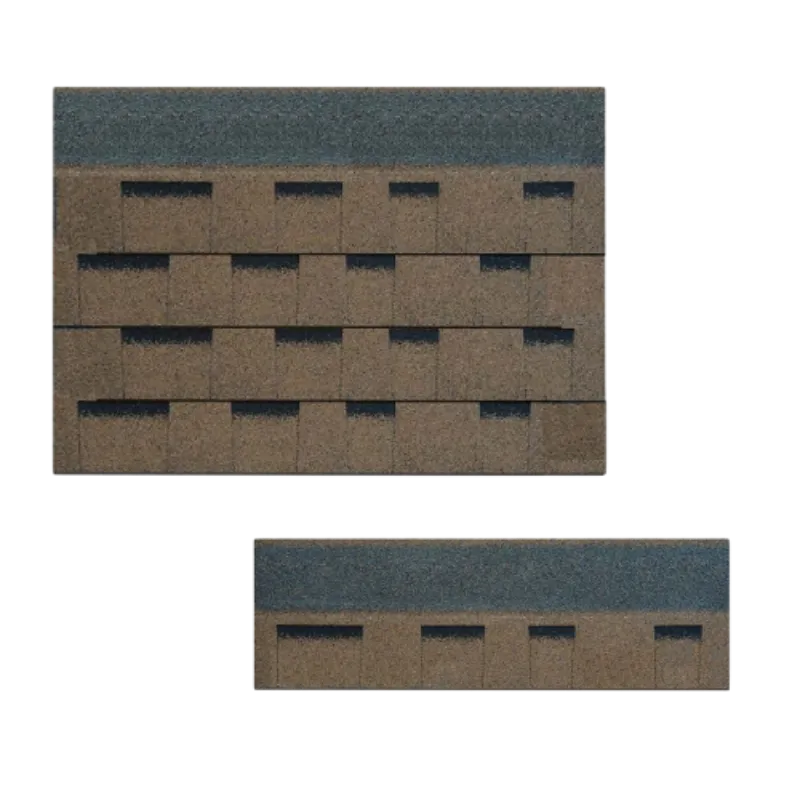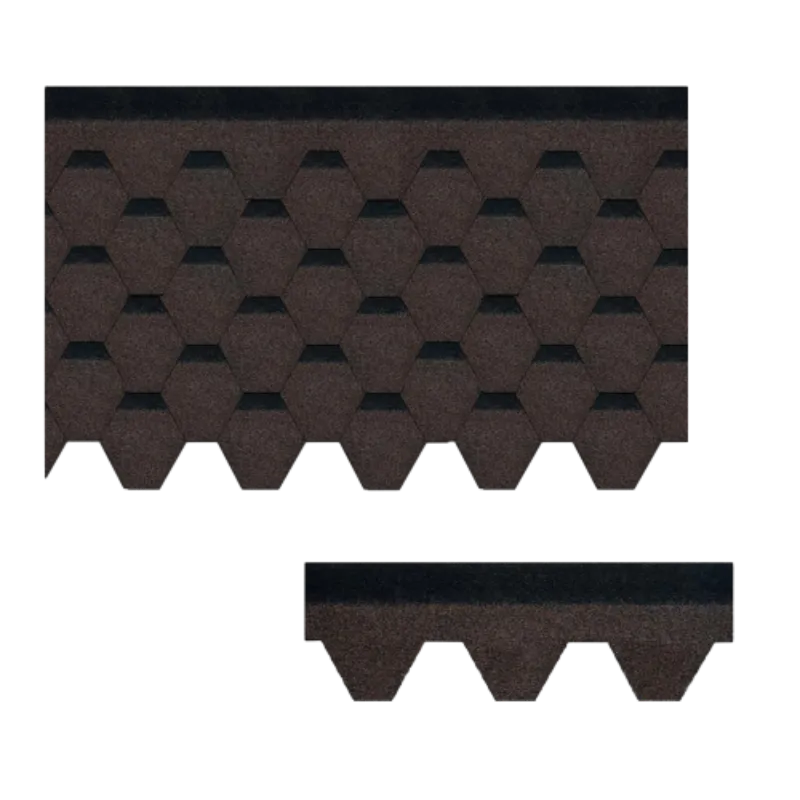
Nov . 15, 2025 20:00 Back to list
Durable and Sustainable Ceramic Roof Tiles for Modern Architecture
Why Ceramic Roof Tiles Matter More Than Ever
If you’ve ever wondered why some roofs seem to last forever and others fall apart after a few harsh winters, ceramic roof tiles might just be the secret ingredient. Echoing centuries-old building traditions, these tiles have evolved into technical marvels with global impact. Not only do they protect homes, but they also contribute to sustainability, resilience, and architectural beauty worldwide. Given climate change and rapid urbanization, understanding ceramic roof tiles means understanding a key piece of how we shelter ourselves efficiently and enduringly.
The Global Context: Ceramic Roof Tiles on the World Stage
Globally, roofing materials constitute a major slice of building-related energy use and carbon footprint. According to the International Energy Agency (IEA), buildings account for roughly 30% of global energy consumption, with roofing playing a critical role in insulation performance. The UN’s Sustainable Development Goals encourage sustainable infrastructure, and ceramic roof tiles align well here: durable, recyclable, and often sourced locally. The World Bank’s data on climate resilience also highlights how robust roofing reduces disaster recovery costs by up to 40% in certain regions. Yet, challenges remain — affordability, production impacts, and installation expertise — that ceramic roof tiles help tackle in smart ways.
Mini Takeaway: Ceramic roof tiles are more than a roofing option; they are pivotal to sustainable construction and climate resilience worldwide.
What Exactly Are Ceramic Roof Tiles?
In simple terms, ceramic roof tiles are roofing units made from fired clay. Unlike their concrete or metal cousins, ceramic tiles undergo high-temperature processing that strengthens and waterproofs them naturally. Historically used in Mediterranean and East Asian architecture, ceramic tiles combine art and science: their clay base offers breathability while their firing process grants durability.
Modern versions cater not just to aesthetics but to functional needs—resisting UV radiation, enduring heavy rains, and even supporting passive cooling. Humanitarian efforts, for example, increasingly prefer ceramic tiles for semi-permanent shelters because of their longevity and environmental friendliness. So when you hear “ceramic roof tiles,” think both tradition and innovation happily coexisting.
Key Factors That Make Ceramic Roof Tiles Stand Out
Durability and Lifecycle
Many engineers say ceramic tiles can last upward of 50 to 100 years if maintained properly. Their resistance to weathering, insects, fire, and chemical erosion beats many alternative materials. This longevity means fewer replacements and less waste — which adds up environmentally and economically.
Energy Efficiency
Ceramic tiles offer excellent thermal properties. Because they absorb heat slowly and release it gradually, they help maintain cooler interior temperatures during hot days — reducing air conditioning needs. This passive cooling effect is especially important in hot climates and is a big reason these tiles remain popular across the Mediterranean, South America, and parts of Asia.
Design Flexibility
From classic barrel-shaped “Spanish tiles” to flat interlocking types, ceramic tiles come in a stunning range of colors and profiles. Custom glazing and coloring methods let architects play with aesthetics without sacrificing functionality. This adaptability suits everything from restoration projects to cutting-edge eco-builds.
Environmental Impact
Though clay extraction has environmental implications, many ceramic tiles are made with locally sourced materials and fired with increasingly clean energy methods. Plus, clay is natural and fully recyclable, often reusable in landscaping or filling materials after a roofing’s lifespan ends. This circularity contributes to their sustainably-minded appeal.
Cost Efficiency Over Time
Initially, ceramic tiles can be pricier than asphalt shingles or metal sheets. But their minimal maintenance needs and low replacement rates translate into better value long-term, especially in climates where weather damage is frequent.
Mini Takeaway: Ceramic roof tiles blend lasting performance, energy savings, style, and greener sourcing — which explains their continued demand despite upfront costs.
How Ceramic Roof Tiles Are Making a Difference Around the Globe
In Mediterranean countries like Spain and Italy, ceramic tiles remain a roofing staple, marrying durability with cultural identity. But their uses go far beyond Europe.
- Post-Disaster Reconstruction: Organizations involved in rebuilding after earthquakes or typhoons have turned to ceramic roofing for semi-permanent housing. Its robustness improves safety and dignity for displaced families.
- Remote Industrial Zones: Ceramic tiles provide reliable roofing for off-grid mining or renewable energy sites, where maintenance visits are costly.
- New Urban Developments: Eco-conscious builders in the U.S., Australia, and parts of Asia increasingly prefer ceramic tiles for new residential neighborhoods due to energy efficiency and aesthetics.
- Heritage Restoration: Preservationists select these tiles to replicate historic roofs authentically, often custom-making pieces to fit original designs.
Specification Table of a Popular Ceramic Roof Tile Model
| Specification | Details |
|---|---|
| Material | Fired Natural Clay |
| Weight per Tile | 3.5 lbs (1.6 kg) |
| Dimensions | 400mm x 250mm x 15mm (approx.) |
| Fire Resistance | Class A (ASTM E108) |
| Water Absorption Rate | ≤ 10% |
| Estimated Lifespan | 50+ years |
Vendor Comparison: Selecting the Right Ceramic Roof Tile Provider
| Vendor | Material Sourcing | Customization Options | Price Range (per m²) | Sustainability Practices |
|---|---|---|---|---|
| TerraTile Co. | Local clay, traditional firing | High (color, shape, finish) | $25–35 | Recycled packaging, solar kiln |
| ClayWorks Intl. | Mixed local and imported clay | Moderate (standard palettes) | $20–30 | ISO 14001 certified |
| EcoRoof Systems | 100% recycled ceramic materials | Low (standard designs only) | $22–28 | Carbon neutral factory |
Advantages & Long-Term Value of Ceramic Roof Tiles
Frankly, few roofing options combine durability, beauty, and environmental benefits as well as ceramic tiles. Their long lifecycle reduces resource use for repairs or replacements, while excellent thermal properties cut energy bills. Emotionally, a ceramic tile roof gives a feeling of security — it’s solid, it’s tested over centuries, and it ages gracefully.
Socially, their resilience helps maintain shelter dignity in vulnerable communities, whether in hurricane-prone islands or drought-stricken regions. Innovation also continues with glazed coatings that reflect solar heat or even integrate photovoltaics. In short, ceramic roof tiles offer a blend of practical and uplifting benefits that few other materials manage.
What’s Next? Future Trends & Innovations
The future of ceramic roofing looks exciting. Advances in firing technology are reducing carbon footprints further. Smart tiles embedded with sensors to track roof integrity or solar-harvesting tiles are gaining traction. Governments are pushing for greener building codes (including ISO 21930 on sustainability), which encourage natural materials over synthetic ones.
Digitally, 3D printing clay components for custom shapes, and automated laying machines could soon speed up installation and reduce labor costs. The marriage of tradition and tech might look odd at first, but it’s shaping tiling into a 21st century green hero.
Current Challenges and How Industry Experts are Tackling Them
Sure, ceramic roof tiles have their downsides: they’re heavier than some alternatives, requiring sturdy roof structures; initial costs can be intimidating; and installation demands skilled workers. In regions with poor infrastructure, this can slow adoption.
However, modular tile designs and pre-fabricated assemblies under development aim to reduce complexity and speed installation. Subsidies and educational campaigns help clients and builders appreciate the long-term savings and environmental value. Plus, ongoing R&D into lighter clay composites promises to ease structural demands...
FAQ: Frequently Asked Questions About Ceramic Roof Tiles
- How long do ceramic roof tiles typically last?
- Ceramic roof tiles generally last between 50 to 100 years, depending on environmental conditions and maintenance. Their resistance to fire, rot, and insect damage contributes significantly to this longevity.
- Are ceramic roof tiles energy-efficient in all climates?
- While their thermal mass provides passive cooling benefits in hot, sunny climates, in colder regions, additional insulation may be needed underneath. Overall, they contribute positively to energy efficiency across many climates.
- Can ceramic tiles be installed on existing roofs?
- Yes, but because ceramic tiles are heavy, the existing roof structure must be evaluated and possibly reinforced by a structural engineer to handle the additional load safely.
- Are ceramic roof tiles environmentally friendly?
- Generally yes. Made from natural clay, often locally sourced, and recyclable at end of life, ceramic tiles have a smaller environmental footprint compared to many synthetic roofing materials.
- How can I choose a supplier for ceramic roof tiles?
- Look for vendors with transparent sourcing practices, sustainable manufacturing certifications (e.g., ISO 14001), and customization capabilities aligned with your project needs.
Wrapping Up: The Long-Term Payoff of Ceramic Roof Tiles
All in all, ceramic roof tiles hold a lot of promise for anyone looking to invest in reliable, sustainable roofing that also respects architectural style and local culture. Their blend of tradition with modern innovation keeps them relevant — and with the world’s building sector increasingly driven by green policies, they’re only going to become more important.
If you’re considering a roofing material that balances long-term cost, ecological responsibility, and beauty, ceramic roof tiles might be the perfect choice for your next project. Take a closer look, talk to a few vendors, and see how this age-old solution has been reinvented for our modern needs.
References:
-
Red Clay Roof Tiles: Durable, Sustainable & Stylish Roofing Solutions
NewsNov.23,2025
-
Durable and Sustainable Ceramic Roofs: A Global Perspective on Design & Innovation
NewsNov.23,2025
-
Synthetic Clay Tile Roof – Durable, Eco-Friendly Roofing Solutions for Modern Buildings
NewsNov.22,2025
-
Expert Guide to Terracotta Tile Roof Restoration - Sustainable Preservation & Repair
NewsNov.21,2025
-
Planum Roof Tiles – Durable, Sustainable Flat Roofing Solutions for Global Needs
NewsNov.20,2025
-
Terracotta Roof Shingles: Durable, Sustainable Roofing Solutions for Modern Needs
NewsNov.19,2025


